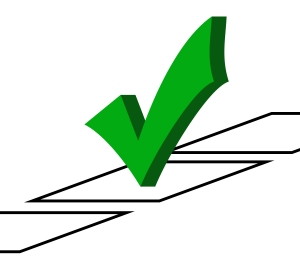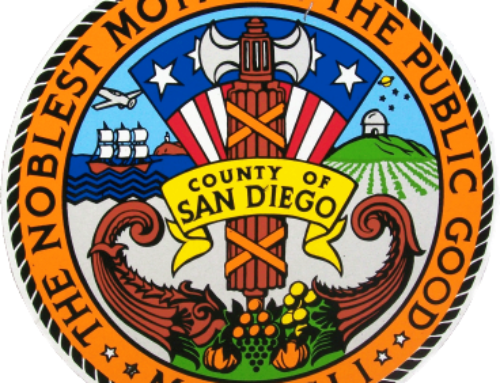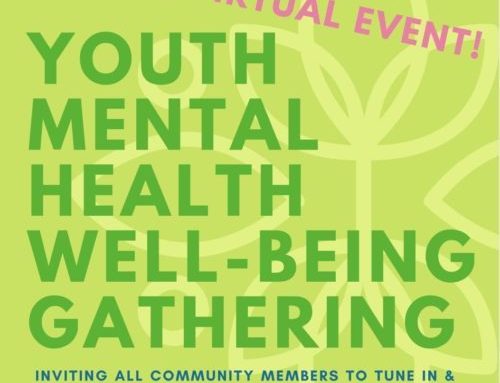*Prepared by UCSF Office of Developmental Primary Care & Disability Voices United, 3/23/20
*Information on COVID-19 is rapidly evolving. We will update our resources as we learn more
Checklist for Preparing for COVID-19/Coronavirus
Do:
- Communicate regularly with your circle of support
- Build your network of helpers by reaching out to people and organizations you know and trust
- Prepare an uncluttered space in your home where you could isolate yourself, if needed
- Put the phone numbers of your doctor, your county Department of Public Health, and your helpers on the wall so you can find them.
- Make your go bag
- Fill out your Healthcare Passport
- Ask non-essential visitors, consultants, and service providers to help you by phone, email, or video conference instead
Don’t:
- Don’t have visitors in your home unless you absolutely have to
- Don’t be in close contact with people outside your home
- Don’t think someone doesn’t have COVID-19 because they don’t seem sick. COVID-19 can be spread even by people who do not know they have the virus.
Checklist In Case of Necessary Visitors
If it is essential for a healthy person to come into your home to provide care, you can reduce your risk of getting sick. If you do these things, visitors will not spread germs around your home as much. Here are things you can do before, during, and after the visit to reduce the spread of germs.
Before the visit:
- Consider if it is possible to do the visit outside in your yard
- If it is essential for someone to come into your home to provide care, ask them if they feel sick before they come in. If they have had a fever or cough in the past 7 days, even if it was mild, they should not come into your home.
- Prepare by phone or email
- Close the doors of the rooms in your house where your visitor will not need to go
- Have people who do not need to be near the visitor stay in a room with closed doors until the visitor leaves
- Ask your visitor to eat their meals before or after your visit if possible
- Put your disinfecting materials near the door so the visitor can use them as soon as they enter your house
During the visit
- Have visitor wash their hands immediately as soon as they come in the door
- Have the visitor disinfect their cell phone and computer keyboard
- Ask visitor to stay 6 feet away from you as much as possible
- Keep the windows open as much as possible to allow fresh air
- Be extra friendly and kind – say “thank you” from a safe distance
After the visit
- Follow up by phone or email
- Keep the windows open as much as possible to allow fresh air
- Disinfect your home after their visit. You can do this by mixing 4 teaspoons of chlorine bleach in a quart of water. Use a rag to wipe down all the “high touch surfaces” in places the visitor was. See our “disinfection checklist” for more.
Disinfection Checklist
To disinfect your home:
- Use a disinfectant. You can use any household disinfectant, such as 4 teaspoons of chlorine bleach in 1 quart of water.
- Follow the directions on your disinfectant to protect your skin and allow fresh air into your home
- Clean all surfaces people tend to touch, like:
- Doorbell
- Doorknobs
- Light switches
- Tables and counters
- Handles
- Refrigerator doors
- Kitchen appliances
- Chairs
- Bathroom sinks
- Toilet
- Carefully clean the outside of your electronics with alcohol or disinfectant
- cell phone
- iPad
- Computer keyboard and mouse
Checklist In Case of Sickness
If you get a fever or cough, even if it is mild, it is important to follow this checklist. This will help you keep any other people in your house, building, and community safe.
- Go into a room by yourself and shut the door
- Cover your mouth when you cough or sneeze
- Put on a paper mask if you have one
- If you need help, only let one person come into the room with you
- If helpers have protective gear, like masks or gloves, have them read about how to use them and then ask your helpers to use that gear
- Have your helpers stay 6 feet away from you as much as possible
- Have helpers frequently clean and disinfect high touch surfaces or objects you may have touched, coughed on, or sneezed on
- Call your doctor and your local department of public health, and tell them your symptoms and any special needs that you have
- Do what your doctor or the department of health tells you to do
- Do not go to the emergency room or doctor’s office unless your doctor tells you to
- If there are others in your house, have them stay
- Have them get instructions from a doctor or the department of public health
- People in your house may need to isolate too




